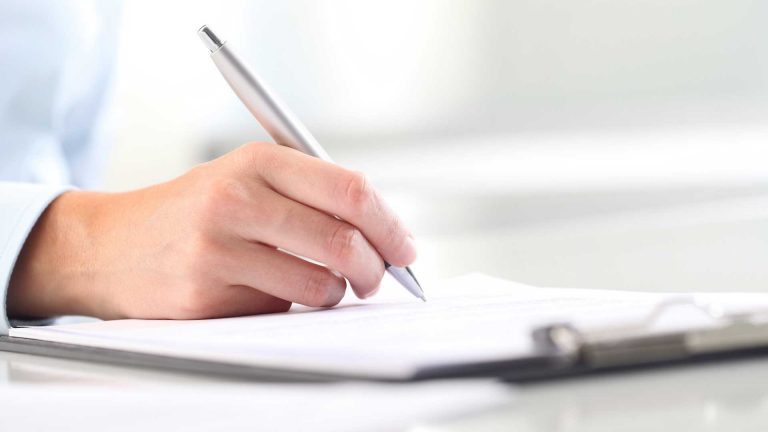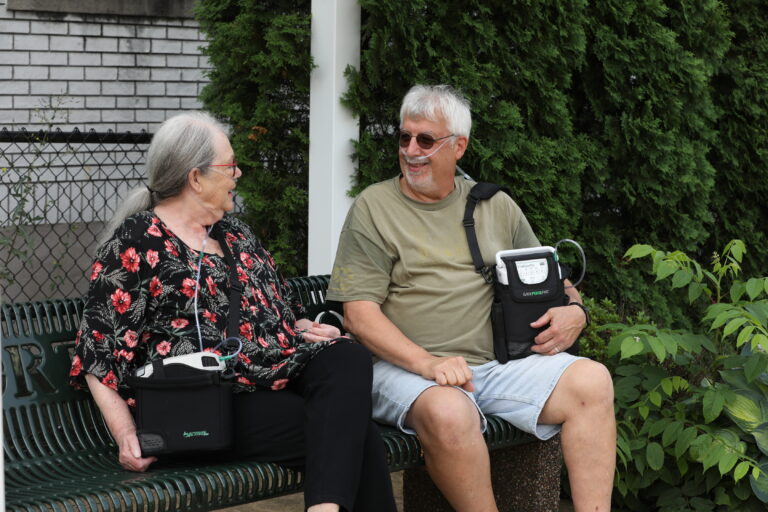What You Need to Know About Home Oxygen After a Hospital Stay
It can be scary starting at-home oxygen therapy for the first time after a hospital stay. At home oxygen therapy will be a different experience. In this article, we will help you navigate through the particulars of at-home oxygen therapy and, hopefully, help you feel more prepared for this new experience.
Home Oxygen After a Hospital Stay
If your doctor prescribes you home oxygen therapy after a hospital stay, you might have a lot of questions. For starters, what is oxygen therapy? What kind of equipment will I need: portable, stationary, or tank? Your doctor will prescribe pulse or continuous flow and recommend the liter flow (1-5).
It is important to do your research because it is ultimately your decision which device feels most comfortable to you and fits your lifestyle. If you are prescribed pulse flow, then a portable oxygen concentrator (POC) will meet your needs. Choosing the right portable oxygen concentrator can feel overwhelming. Some important questions to ask are:
- Does this device meet the requirements of my prescription?
- What is the battery life on the device?
- Is the size of the POC manageable for your daily activities? The Live Active Five POC is designed to give you independence and flexibility.
- What is the oxygen purity? Precision Medical’s POCs deliver 95.5% pure oxygen and it’s impossible to be any better.
Once you research your options, and determine if your insurance covers home oxygen, your next step is to find a place that carries the device you like. While purchasing directly from the manufacture’s website is an option, you may want to hold the device and get a better feel of it in person. In that case, you can find a Durable Medical Equipment provider (DME) near you. Tell the DME which device you like and why. They will be able to answer your questions and provide maintenance and technical support for the device.
Adjusting to Home Oxygen Therapy
There are things you can do while on home oxygen to make the transition smoother. Make sure you pay attention to your doctor’s instructions, so your oxygen therapy can be as successful as possible.
- Nasal Cannulas can feel odd, especially if it is your first time on oxygen therapy. Learning how to properly use and clean a nasal cannula can help.
- Diet and exercise will help you build energy and ensure your body can heal and fight infection, further ensuring the success of your therapy. Breathing requires more energy for people with chronic obstructive pulmonary disease (COPD) and the muscles they use might need 10 times the calories of a person without COPD.
- Try breathing exercises to breathe more effectively when you start to struggle catching your breath. There are exercises you can try for dealing with the anxiety of COPD, breathing exercises for better sleep, and even exercises to help improving your lung health through breathing techniques for running. Try them all and see which work best for you.
- Maintain Oxygen Concentrator safety so that your device remains in good shape and provides you with the best oxygen therapy. A few things to keep in mind when using a POC: maintain a safe distance from open flames, avoid smoking while on or near a POC, make sure you do not block intake vents on the device.
Is This Working?
You might begin to ask yourself if the oxygen therapy is working for you. The most obvious way to know is by monitoring how your breathing changes. If you begin to notice your symptoms are not as intense as they first were and have more tolerance for your daily exercises, then your therapy is working. Another way to know if it’s working is to test your blood oxygen levels. This can be done by a pulse oximeter or a blood gas. Even if you start to feel better, do not adjust your oxygen therapy without consulting your doctor.







